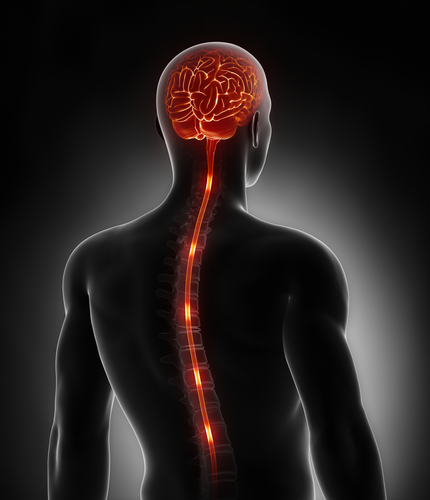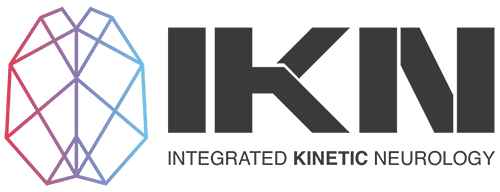
The Importance of Background Muscle Activity
The capacity of our movement system to express movement, but also dampen external & internal loads/forces as we move, depends on appropriate background muscle activity. This background muscle activity is also dependent on distributed control across our system, which allows this activity to occur largely on a subconscious level.
Challenges arise when we lose this distributed control, represented by a poor sharing of workload across key segments & systems (limbs vs midline segmental behaviour, cerebellum, vestibular, visual etc).
When our system becomes overloaded with physical and/or non-physical stressors, our system tends to shift from this distributed control where we can express this background muscle activity, to a mode of control that is overly conscious, where we may express higher levels of activity than need to deal with internal/external forces, and also to reduce the control demand of our system.
So, the expression of appropriate background muscle is not something that can be achieved with one exercise, but it requires an appreciation of how our movement system is organized. At IKN, we find that not enough health and fitness practitioners appreciate the organization principles that govern the control of our neuromechanical system.
With appropriate background muscle activity, our muscles can express “good enough” tension to dampen & dissipate forces WITHOUT excessive neurological control, which helps to “free-up” resources for our nervous system.
This type of control is often called “preflexive control,” which represents the properties of our peripheral mechanical system that help us deal with unpredictable perturbations without too much central (top-down) brain control.
This appropriate background muscle activity is an important reflection of the load sharing qualities of our movement system, and it’s a property that we put a lot of emphasis on when assessing and treating/rehabbing/training clients with pain and/or movement-related challenges.
